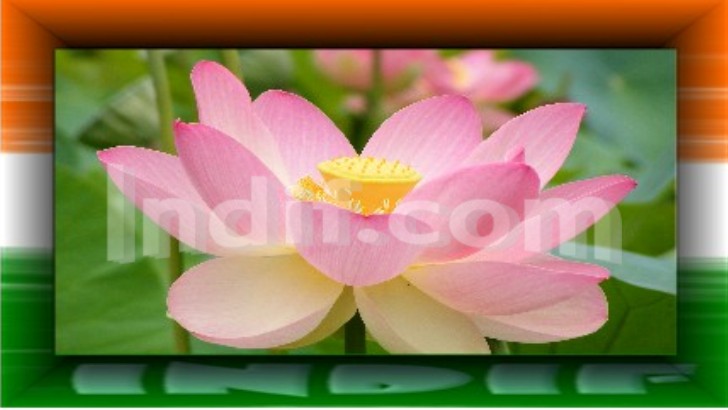Lotus (Nelumbo nucifera) is the National Flower of India. It is a sacred flower and occupies a unique position in the art and mythology of ancient India and has been an auspicious symbol of Indian culture since time immemorial. The Lotus or water lily is an aquatic plant of Nymphaea with broad floating leaves and bright fragrant flowers that grow only in shallow waters. The leaves and flowers float and have long stems that contain air spaces. The big attractive flowers have many petals overlapping in a symmetrical pattern. Lotuses, prized for their serene beauty, are delightful to behold as their blossoms open on the surface of a pond.
Hindu religion and mythology portray goddess Saraswathi, the muse of learning, as being seated on a lotus flower. To the Indian psyche, the lotus is more than a flower – it represents both beauty and non-attachment.
Lotus symbolizes wealth, divinity, knowledge, fertility and enlightenment. Moreover this beautiful plant represents honor, long life and good fortune.In India it is considered as the symbol of triumph. By its flavor and perfection Lotus also symbolizes the purity of heart and mind.
Along with cultural significance the national flower’s seeds are medicinal and are used in the treatment of spleen, heart ailments and kidney. The seeds of the Lotus are edible. The leaf and leaf stalk are eaten as vegetable in India. The tubers of the Lotus taste like the sweet potato. Its petals are used for garnish and the large leaves are used as the wrap for the leaves. Its seeds called Phool Mukhana are used in the Indian cooking.









